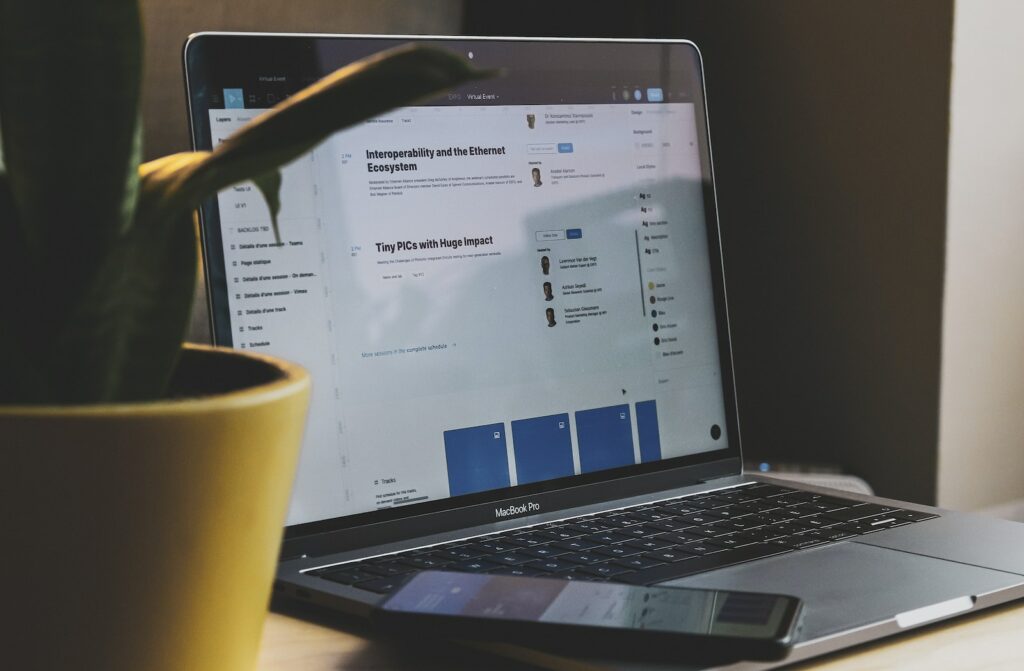Should Internal Links Open in a New Tab?

When designing or managing a website, one detail that often gets overlooked is how links function. It may seem trivial, but the way links behave can have a significant impact on user experience and even website performance. The question we’re focusing on today is: Should internal links open in a new tab?
The answer is no, internal links should ideally always load in the same tab.
Why We Believe Internal Links Should Load in the Same Tab
Contents
Better User Experience
Opening internal links in the same tab is generally less confusing for users for a variety of reasons. Firstly, when a link opens in the same tab, users can easily use the back button or the website’s menu to navigate back to where they were. This is intuitive and aligns with what most people expect when they are exploring a single website. Secondly, opening internal links in the same tab helps maintain a natural navigation flow.
It creates a coherent experience, where users can follow the breadcrumbs or narrative of the site’s content without feeling disoriented. Overall, keeping internal links within the same tab simplifies the decision-making process for the user, allowing them to focus on the content rather than the mechanics of navigation.
Mobile-Friendly
In today’s world, mobile traffic has surpassed desktop, accounting for more than half of global web traffic. Given this shift, optimizing for mobile experience is no longer optional; it’s a necessity. One thing to consider when improving mobile-friendliness is how links behave. On smaller screens like those of mobile devices, managing multiple tabs can quickly become cumbersome. The interface isn’t as conducive to multitasking as it is on desktops.
Additionally, mobile browsers often don’t make it evident that a new tab has been opened, which can be confusing for the user. Keeping internal links in the same tab simplifies this by eliminating the need to juggle multiple tabs, making for a more streamlined, user-friendly experience.
Accessibility
Accessibility should be a core concern when designing or managing a website. For users who rely on screen readers and other assistive technologies, opening links in a new tab can complicate navigation. Screen readers may not always make it clear that a new tab has been opened, which can be disorienting for the user. Additionally, navigating back to the original tab may require extra steps, which could be challenging for some users.
By keeping internal links in the same tab, the website becomes more navigable for everyone, including those using assistive technologies. It eliminates the need for users to adjust settings or take extra steps to continue their browsing, making the website more inclusive and user-friendly.
User Control
Empowering users to navigate your website according to their own preferences is essential for a positive user experience. When internal links are set to open in the same tab by default, it grants more control to the user. For those who do prefer opening links in new tabs, the option is still available by right-clicking the link or using a keyboard shortcut.
This flexibility caters to a variety of browsing habits. On the flip side, if a website forces all internal links to open in new tabs, users who prefer a single tab have no choice but to adapt to this, which could be frustrating. Providing users with the default of same-tab navigation allows them the freedom to choose, enhancing their overall experience on your website.
When Should Internal Links Open in a New Tab?
There are exceptions to every rule. Sometimes it might make sense to have an internal link open in a new tab:
- Forms or Surveys: If a user is in the middle of filling out a form or taking a survey on your site, you wouldn’t want to interrupt that process. In such cases, any additional information should open in a new tab.
- Media Content: If a user is watching a video or listening to an audio clip, an internal link that opens in the same tab would interrupt that experience. Here, a new tab would be more appropriate.
- Detailed References: If your content refers to a glossary, terms and conditions, or some other form of detailed reference material, opening these in a new tab can allow the user to consult this information without losing their place in the original content.
Consistency is Key
Regardless of your decision, consistency is crucial. Users should not have to guess what happens when they click a link. Make your choice and stick to it throughout your website.
Conclusion
Whether internal links should open in a new tab is not a one-size-fits-all answer. Generally speaking, for better user experience, mobile-friendliness, and accessibility, internal links should open in the same tab. However, there are specific instances where opening a link in a new tab is more user-friendly.
The key takeaway? Always think about your users. Make choices that will help them navigate your site more comfortably and efficiently. After all, a website is built for users, and a great user experience leads to a successful website.
